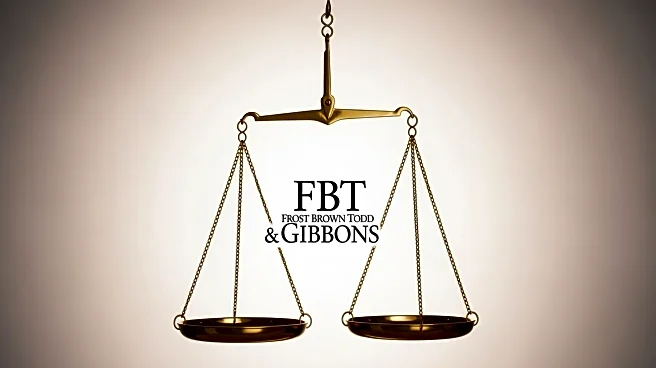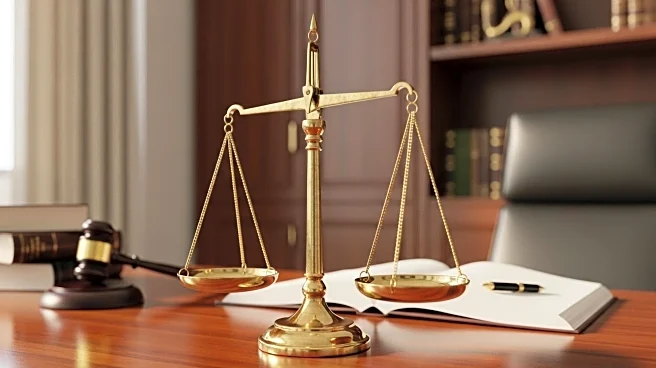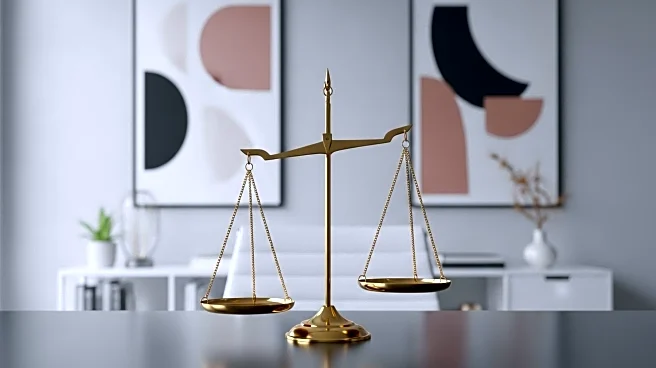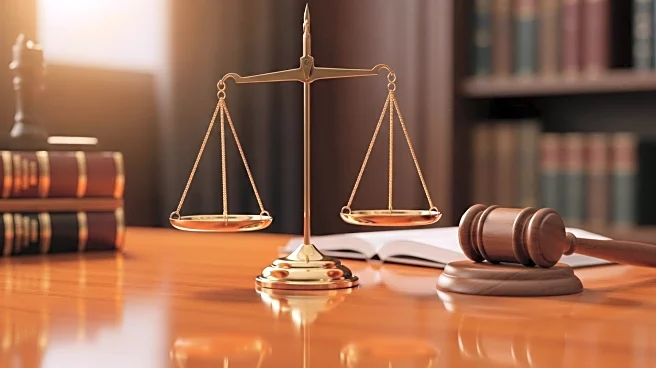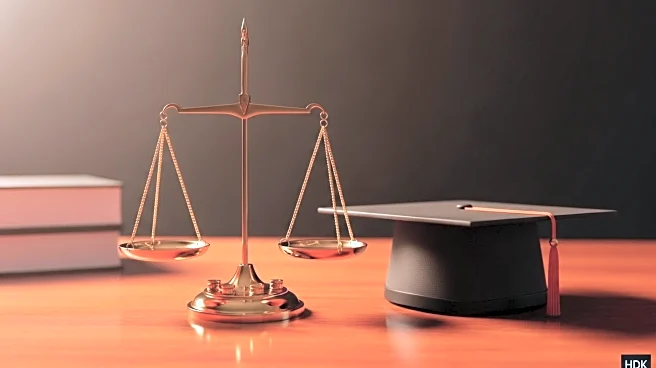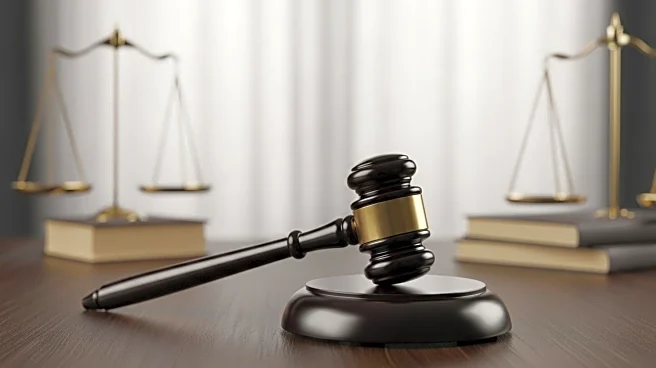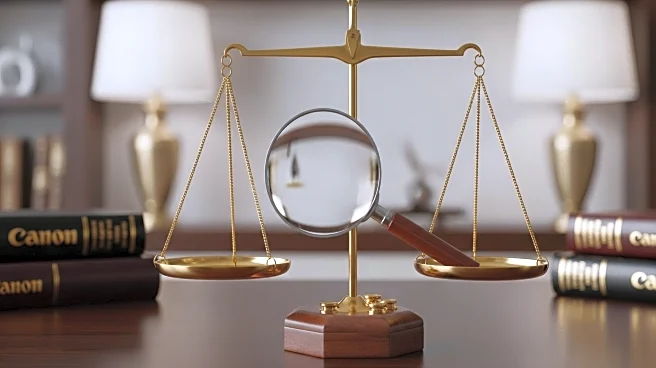What's Happening?
The United States Court of Appeals for the Fourth Circuit has reversed a district court decision in the case of Sommerville v. Union Carbide, which involved plaintiffs seeking medical monitoring due to alleged exposure to ethylene oxide. The district court had excluded the testimony of Dr. Ranajit Sahu under Federal Rule of Evidence 702, citing insufficient factual basis for his air model inputs. However, the Fourth Circuit's reversal contradicts recent amendments to Rule 702, which emphasize the need for expert testimony to be based on sufficient facts and data. The appellate court's decision suggests that questions about the factual basis of expert opinions should affect the weight and credibility rather than admissibility.
Why It's Important?
This ruling is significant as it challenges the recent amendments to Federal Rule of Evidence 702, which aim to tighten the standards for admitting expert testimony in court. The decision could impact how courts evaluate expert evidence, potentially leading to more lenient standards that prioritize the weight and credibility of testimony over its foundational accuracy. This may affect litigation strategies and outcomes, particularly in cases involving complex scientific or technical evidence. Legal professionals and stakeholders in the judicial system may need to reassess their approach to expert testimony in light of this ruling.
What's Next?
The ruling may prompt further legal debate and potential appeals, as stakeholders in the legal community consider the implications of the Fourth Circuit's decision. There could be calls for clarification or additional amendments to Rule 702 to ensure consistency in its application across different jurisdictions. Legal experts and advocacy groups may engage in discussions to address the potential impact on the integrity of expert testimony in court proceedings.
Beyond the Headlines
The decision raises ethical and procedural questions about the role of expert testimony in the justice system. It highlights the ongoing tension between ensuring rigorous standards for evidence and maintaining flexibility in judicial decision-making. The ruling may influence future legislative or judicial efforts to balance these competing interests.

